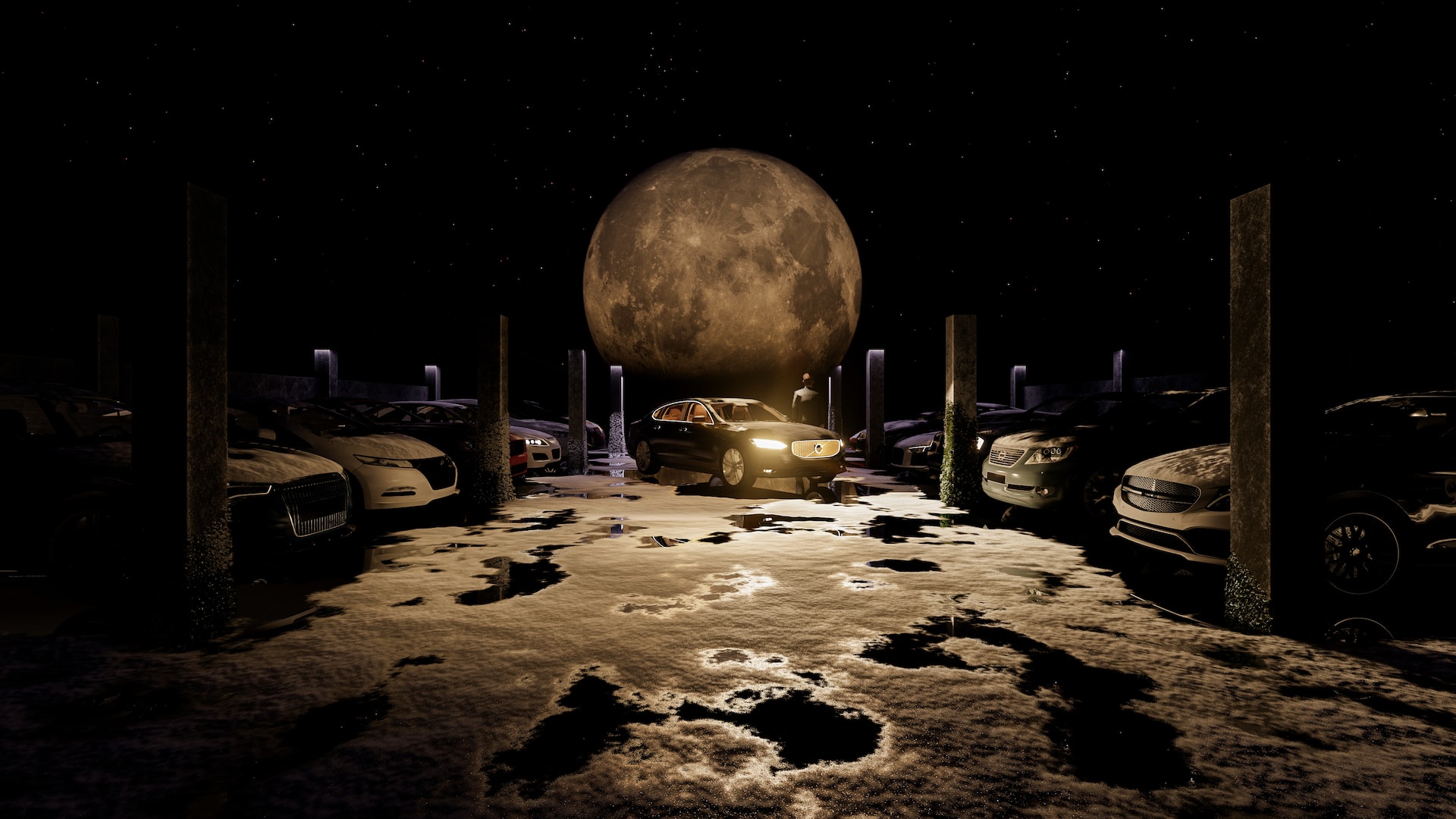Are photorealistic environments the future of gaming? This is a question that has been debated for many years, and there are pros and cons to using them in games. In this post, we will explore what photorealistic environments are, how they work, and the pros and cons of using them in games. We will also provide tips on how to decide if using a photorealistic environment is the right decision for your game project.
1. What are photorealistic environments and how popular are they in the gaming industry
Photorealistic environments, also known as graphics that mimic the visual appearance of real life, have become increasingly popular in the gaming industry. In fact, many new games now use photorealistic graphics to create immersive experiences for players. This trend can be seen in popular titles such as Red Dead Redemption 2, The Last of Us Part II, and Grand Theft Auto V.
However, some gamers argue that photorealism is not always necessary or even desirable in a game. While it can enhance the player’s experience and make them feel as if they are truly a part of the game world, some prefer stylized graphics or even pixel art for their own personal preferences. At the end of the day, it ultimately comes down to individual taste and what type of atmosphere a gamer wants to experience while playing a game. Regardless, it is clear that photorealism will continue to be a prevalent force in the gaming industry.
2. How do they work and what technologies are used to create them
Creating a photorealistic environment in the gaming world requires a combination of advanced technologies and skilled visual design. One key component is 3D modeling, allowing designers to construct both individual objects and larger landscapes with exacting detail. These models are then enhanced with motion capture technology, enabling lifelike movements for characters and objects in the virtual world. High-resolution textures, lighting effects, and particle systems all contribute to the immersive experience of a photorealistic game world. However, it is not just about technological capability – the designers themselves must possess a deep understanding of real-world visual cues such as depth and shadow in order to truly bring their virtual environments to life. The end result is an engaging and realistic gaming experience that transports players into another world.
A photorealistic environment design service utilizes a variety of technologies and specialists to create photorealistic environments. This may include computer-generated imagery (CGI) technology, 3D modeling, and virtual reality. The team may also include artists who specialize in creating photorealistic textures and materials, as well as lighting and rendering experts. Through the use of these technologies and specialist skills, a photorealistic environment design service is able to bring their clients’ vision to life. It can be used for a variety of purposes, including architectural visualization, product showcasing, and gaming development. Whether it’s designing a cinematic set or presenting a virtual space for virtual reality training, a photorealistic environment design service brings the power of realism to any project.
3. The pros of using photorealistic environments in games
One of the advantages of using photorealistic environments in video games is the immersive experience it provides to players. The graphics and settings are highly realistic, making it easy for players to become fully immersed in the game world. This can also create a higher level of engagement and make gameplay more challenging and exciting. Additionally, having photorealistic environments can enhance the storytelling aspect of a game, allowing for greater emotional connections with characters and plotlines. It also adds to the overall aesthetics and visual appeal of the game, making it more visually stunning for players and potential customers. Overall, using photorealistic environments in games can greatly enhance the player experience and improve the overall success of a game.
4. The cons of using photorealistic environments in games
When it comes to designing video game environments, there is a fine line between creating a realistic and immersive experience for players and giving them a simplified or distorted version of reality. While photorealistic graphics can provide incredible levels of detail and make the game world feel incredibly lifelike, they also come with some drawbacks. One issue is the potential for reduced gameplay variety as developers focus on recreating real-world locations rather than creating unique and imaginative settings. Another potential downside is that photorealism can be expensive and time-consuming to achieve, leading to longer development cycles and higher costs for consumers. Ultimately, it’s up to each player to decide if the benefits of photorealism outweigh these potential disadvantages in their gaming experience.
Source: provideocoalition.com
5. How to decide if using a photorealistic environment is the right decision for your game project
As game developers, we are often faced with the question of whether or not to use a photorealistic environment in our projects. While it can be tempting to go for the most realistic aesthetic, it’s important to carefully consider the potential drawbacks before making a decision. Firstly, a photorealistic environment may require more resources and time in terms of design and development. It may also limit player creativity and agency in gameplay, as they are restricted by the laws of physics and reality. On the other hand, a photorealistic setting can enhance immersion and provide players with a more authentic experience.
Here are some questions to consider when making this choice:
1) What is the tone and theme of the game? A photorealistic environment may enhance a realistic story, but could clash with a more fantastical or abstract concept.
2) Is there existing technology and resources to create a photorealistic world? If not, is it worth investing in new technology and additional development time?
3) Is there a specific reason for using a photorealistic environment, such as immersing players in a certain setting or connecting with real-world events?
4) How does the photorealistic environment affect gameplay mechanics and player interactions?
5) Will the visual style limit character design choices and player customization options?
6) How will photorealism impact performance and graphics on different devices?
Asking these questions can help steer the decision towards creating an immersive and cohesive gaming experience. Ultimately, whether or not to use one should depend on your project’s intended impact and desired player experience. Will a photorealistic setting add value to your game, or is it simply unnecessary fluff? Asking yourself these critical questions can help guide you toward making the right decision for your project.
Conclusion
Games that use photorealistic environments can provide players with an incredibly immersive and realistic experience. However, there are some potential drawbacks to consider before making this decision. Developers should ask themselves a few critical questions to decide if a photorealistic environment is the right choice for their game project. By weighing the pros and cons of using this technology, they can make an informed decision that will benefit both the player experience and the overall success of their game.



